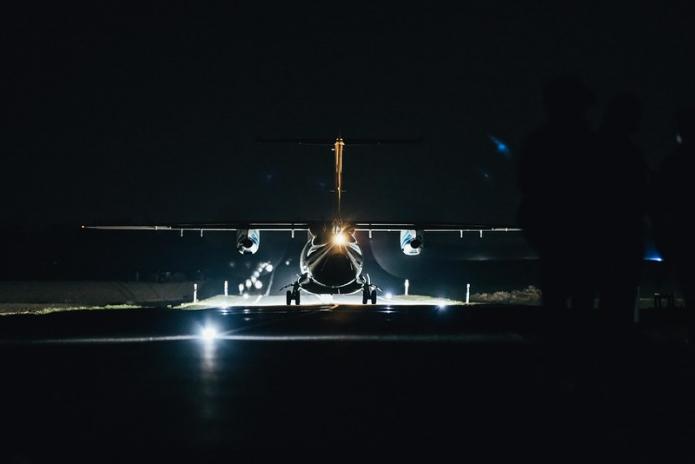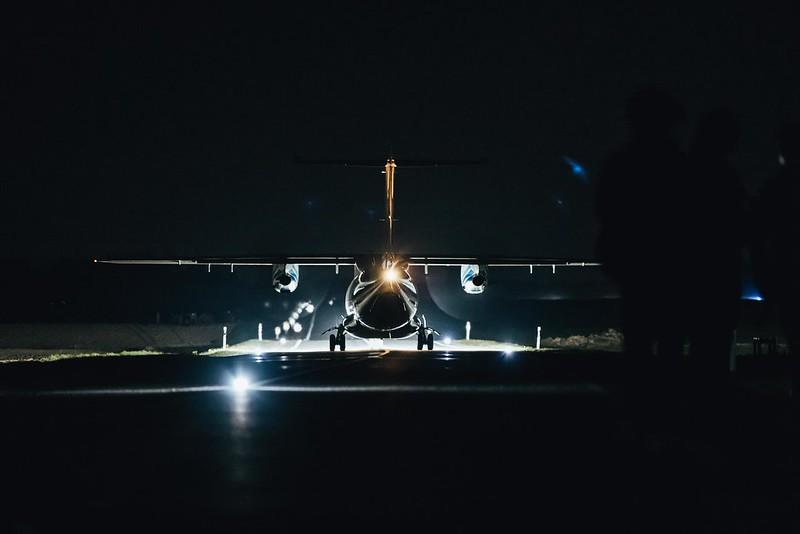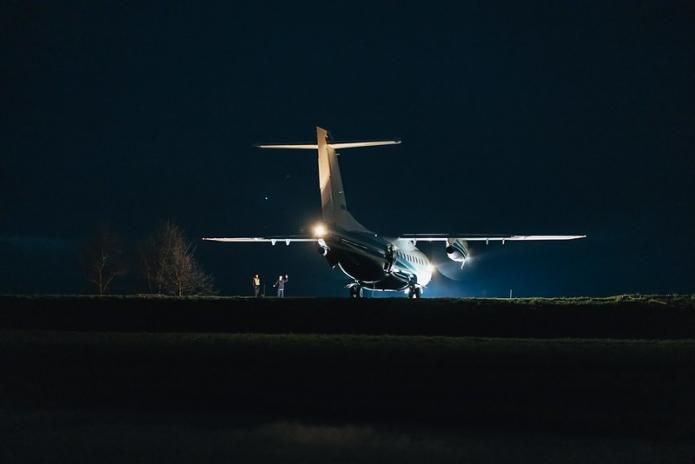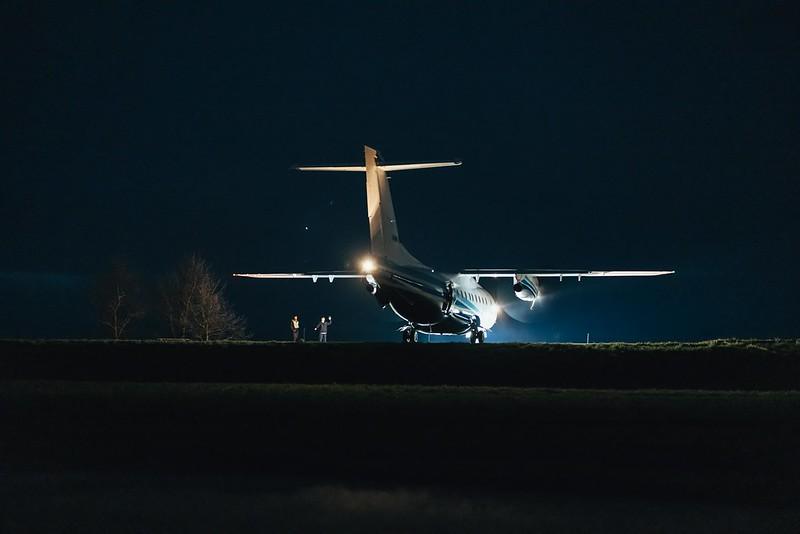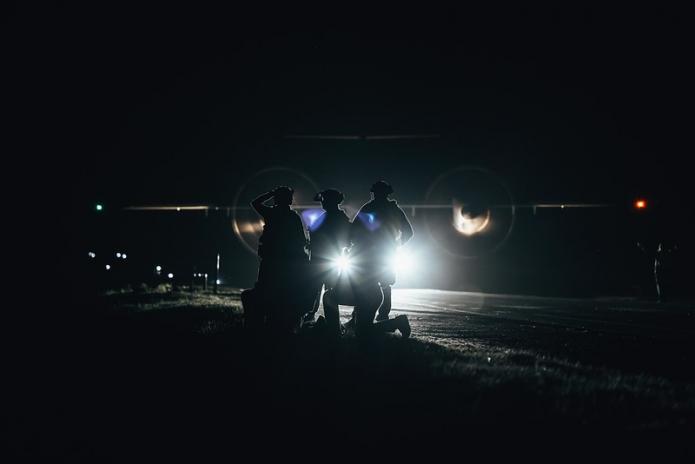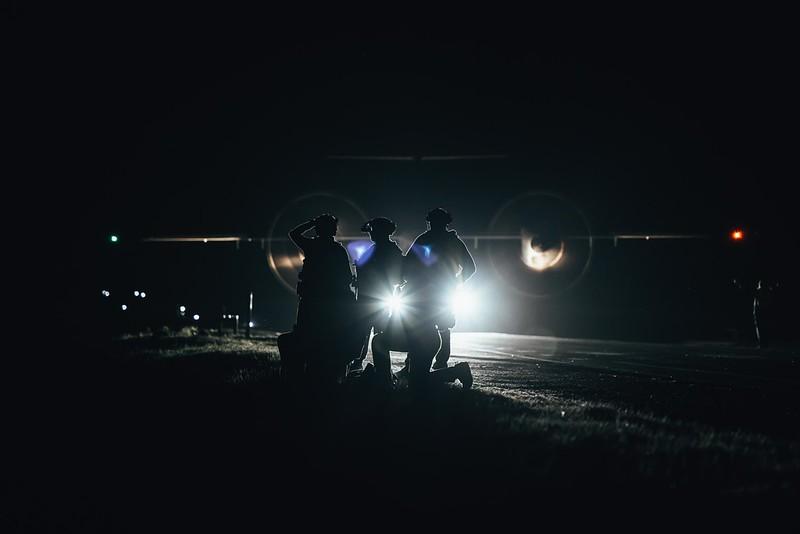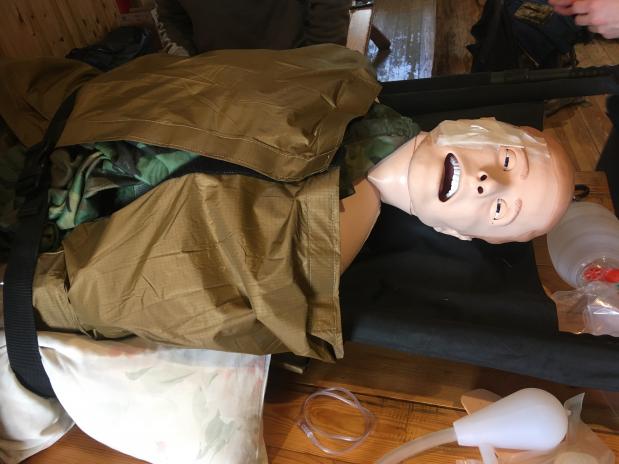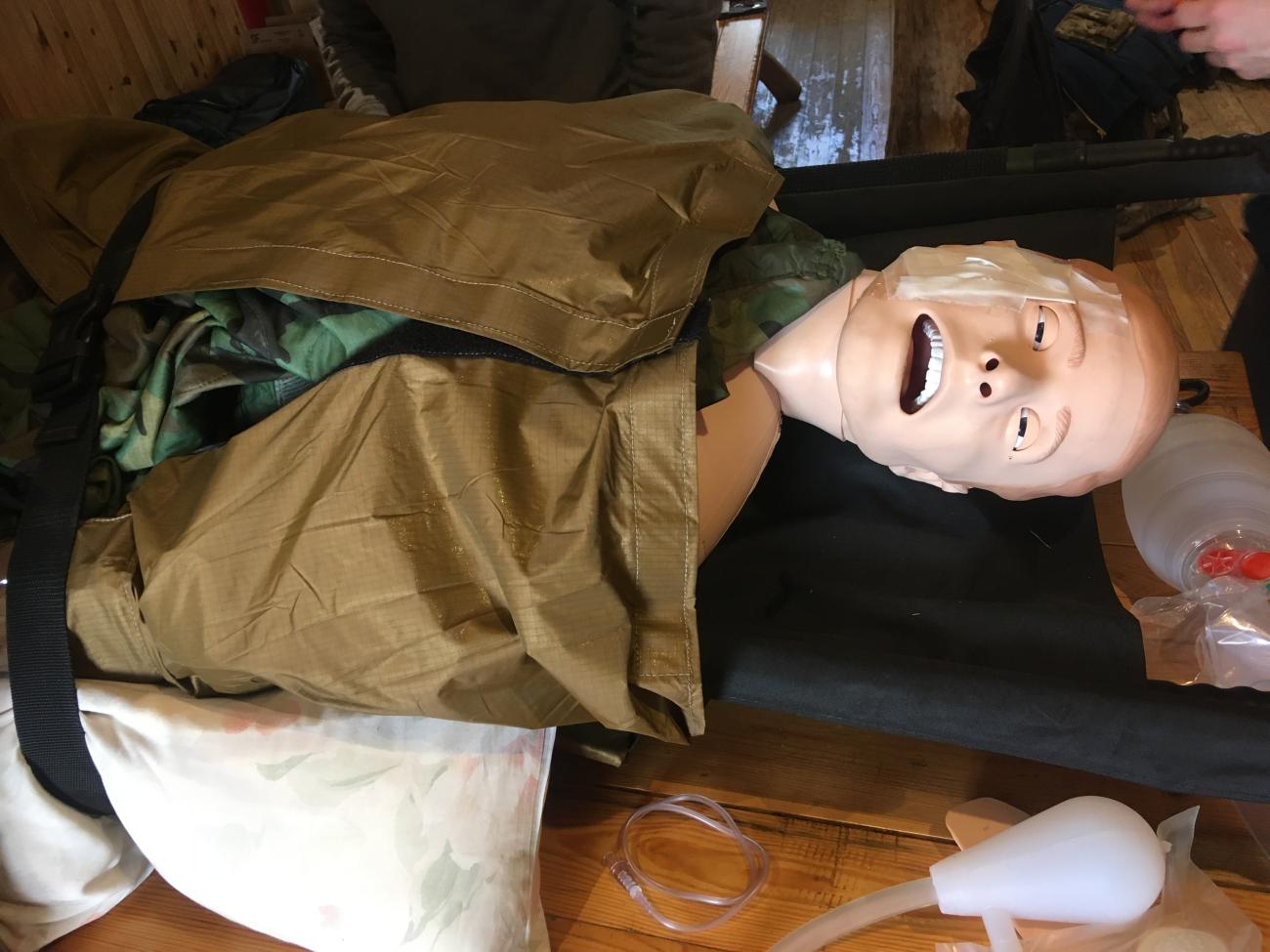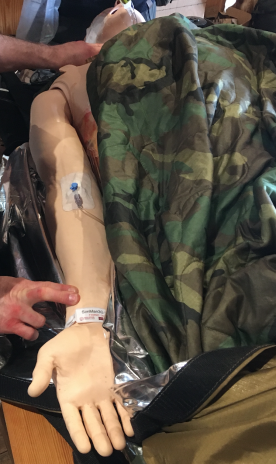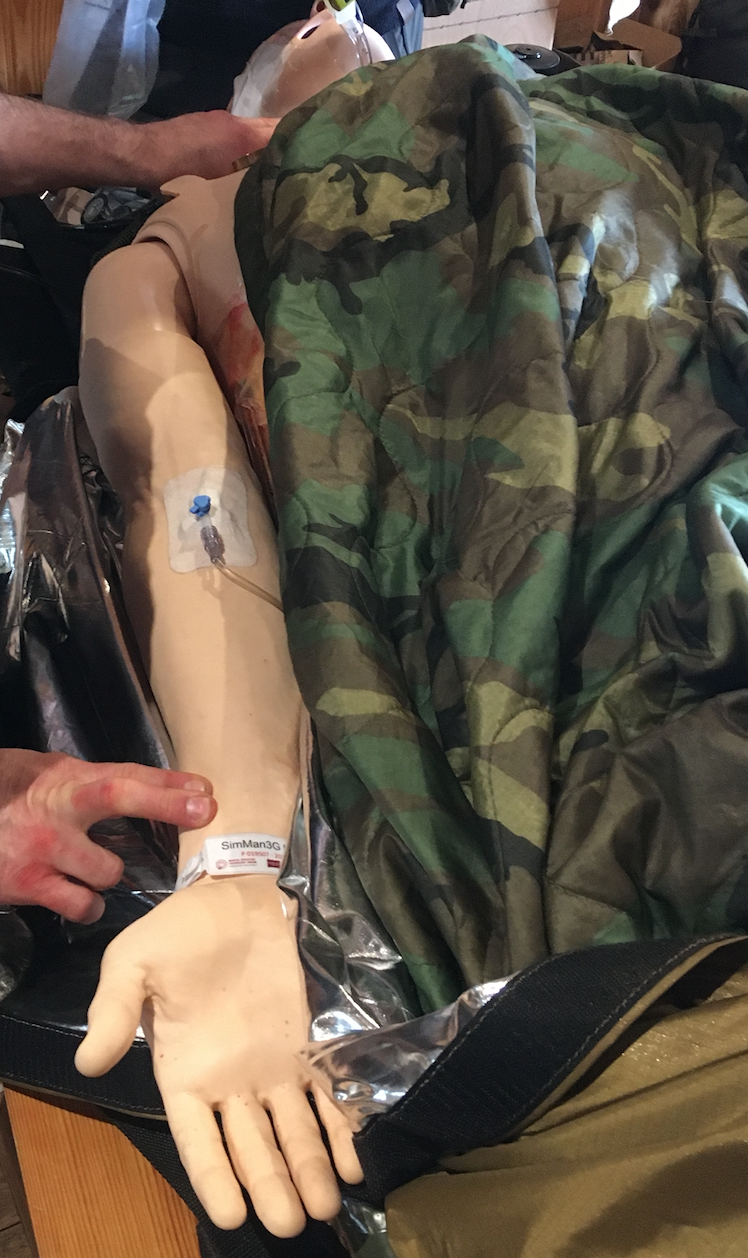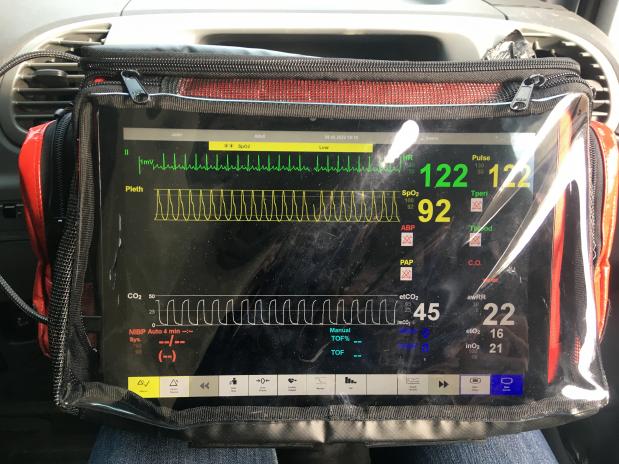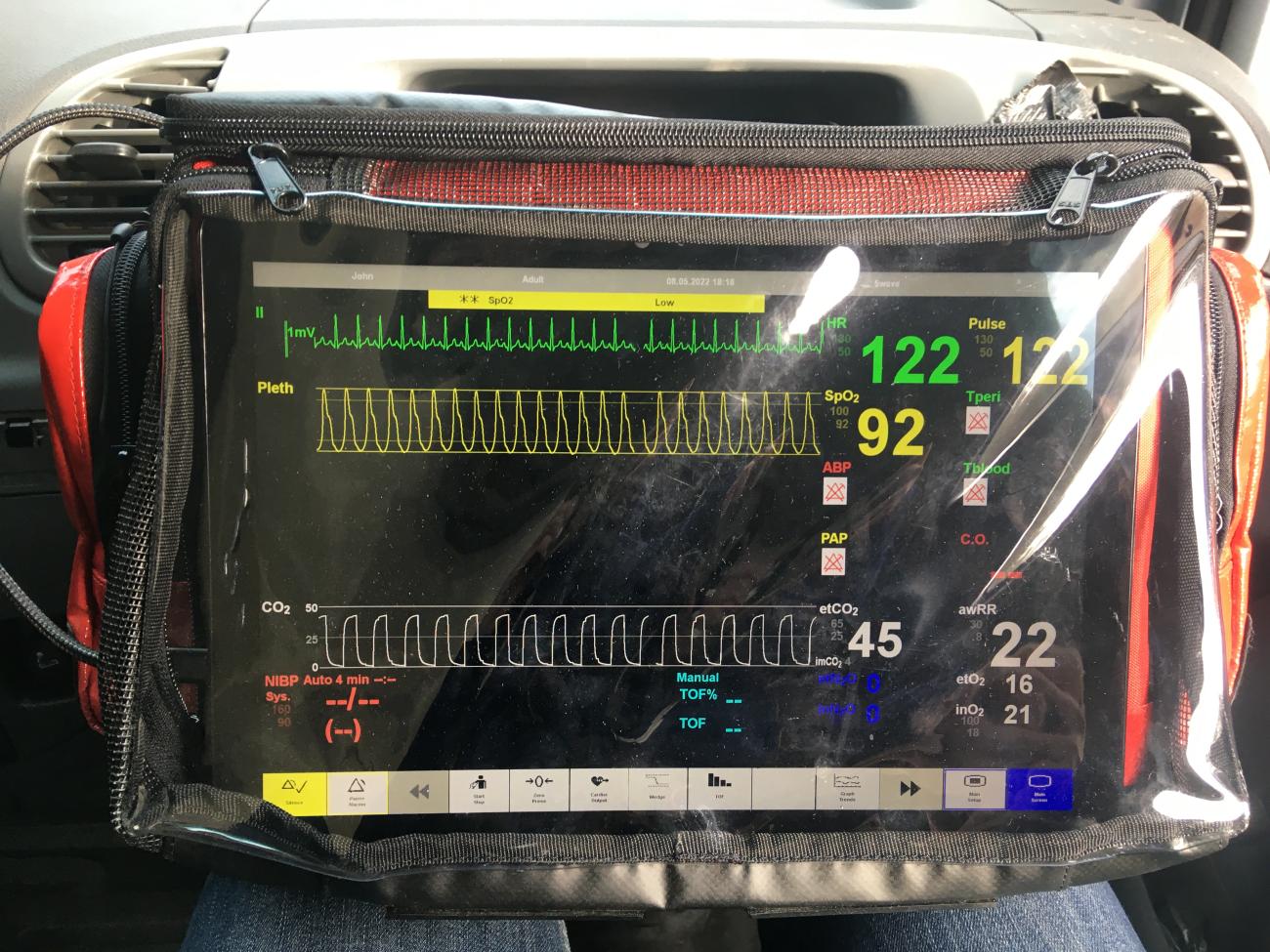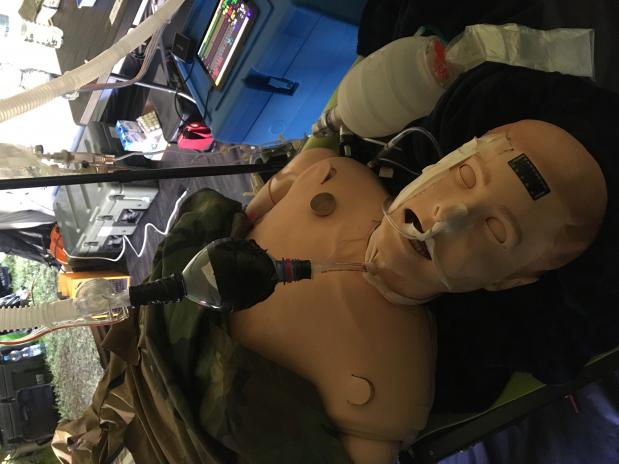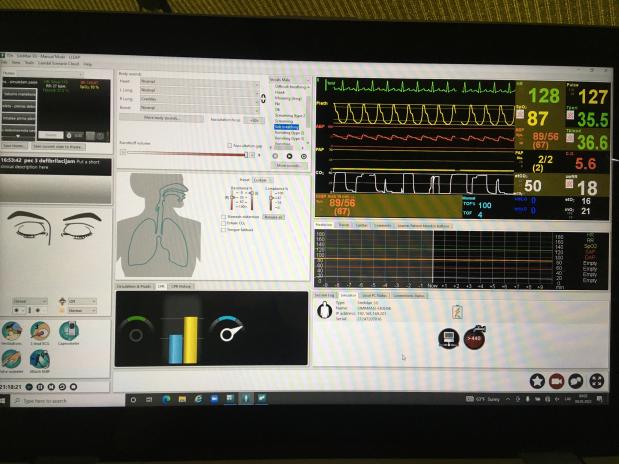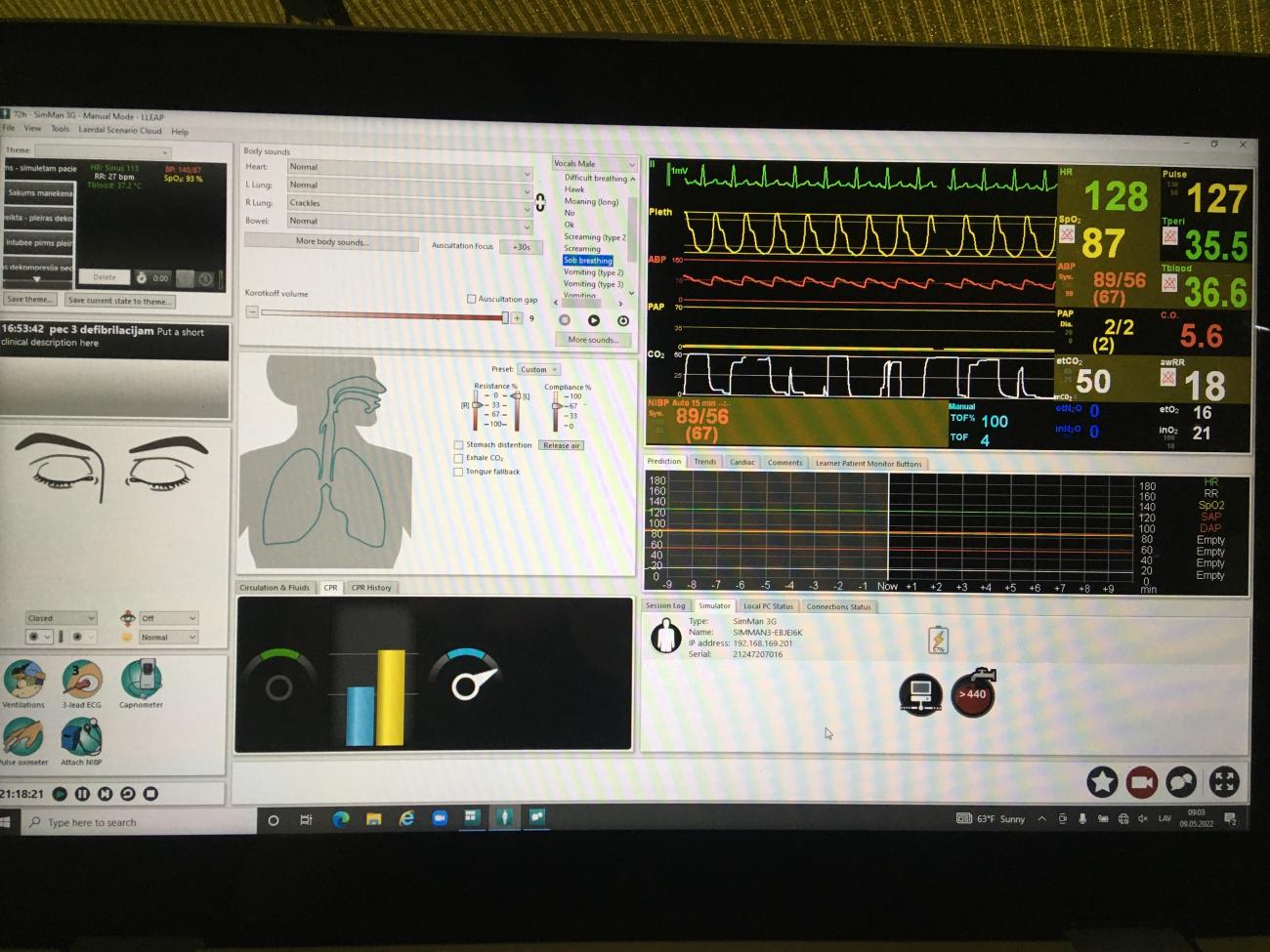Medical Education Technology Centre Participates in NATO Exercise Trojan Footprint 22
In the dark of night on 11 May, a coordinated landing of a C-146A Wolfhound aircraft took place on road A9 in Dobele municipality. This was a tactical phase of the US Special Operations Forces (SOF) exercise Trojan Footprint 22.
Participants from several NATO member countries practiced their medical evacuation (MEDEVAC) skills together with SOF and ground forces.
Following the training scenario, the C-146A Wolfhound landed on road A9 at night, picked up a wounded soldier, and promptly transported them to a specialised medical facility outside Latvia.
Ieva Šlēziņa, Director of the Rīga Stradiņš University (RSU) Medical Education Technology Centre (METC): ‘We are happy that METC staff members could participate in a NATO exercise of this scale and contribute their knowledge and technical resources.
This is a new experience for us. It was our responsibility to create a scenario together with military experts and provide equipment for a 72 hour-long (!) continuous simulation with changing locations.
According to the scenario, the injured soldier had sustained combined trauma – they had fractures to their ribs and extremities, pneumothorax, and had developed progressive respiratory failure. We provided a high-fidelity SimMan mannequin that simulates breathing, pulse, and other bodily functions of a real person. A simulation instructor and medical engineers from METC participated in preparing the scenario and equipment.’
The exercise involved special task force units from the National Armed Forces and several allied countries. Latvijas valsts ceļi (Latvian State Roads), municipalities from the Kurzeme region, and the emergency services supported the planning and execution of the tactical exercise on both a regional and national level, thus demonstrating the host country’s ability to ensure support functions in various non-standard situations at short notice.
Regular international military exercises in Latvia and other NATO member countries, as well as broad participation of allied countries in such exercises, are essential when it comes to strengthening the cooperation between NATO's air, ground, naval, and special operations forces on a strategic, operational, and tactical level. It demonstrates NATO's collective defence capabilities and readiness to protect each member country from all types of security threats.
Related news
 Sustainable ideas and an innovation bootcamp in Vienna – RSU students invited to apply for the Green Hexagon programmeFor RSU Employees, For Students, Innovation
Sustainable ideas and an innovation bootcamp in Vienna – RSU students invited to apply for the Green Hexagon programmeFor RSU Employees, For Students, Innovation